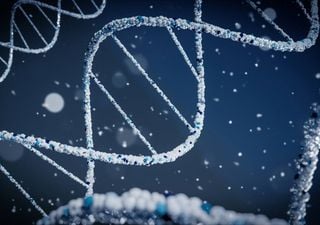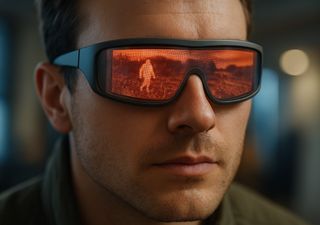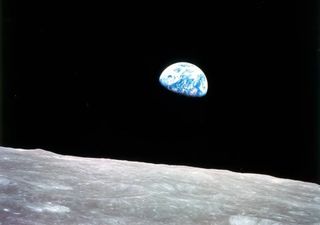Doomsday vault? Scientists propose building a biorepository on the Moon to store animal cells
The biodiversity loss crisis is forcing scientists to think outside the box, or in this case, planetary bounds. With natural hazards and climate change a risk to building a bio-repository here on earth, the moon could be the safest bet. Is this "one small step for man, one giant leap for conservation?"
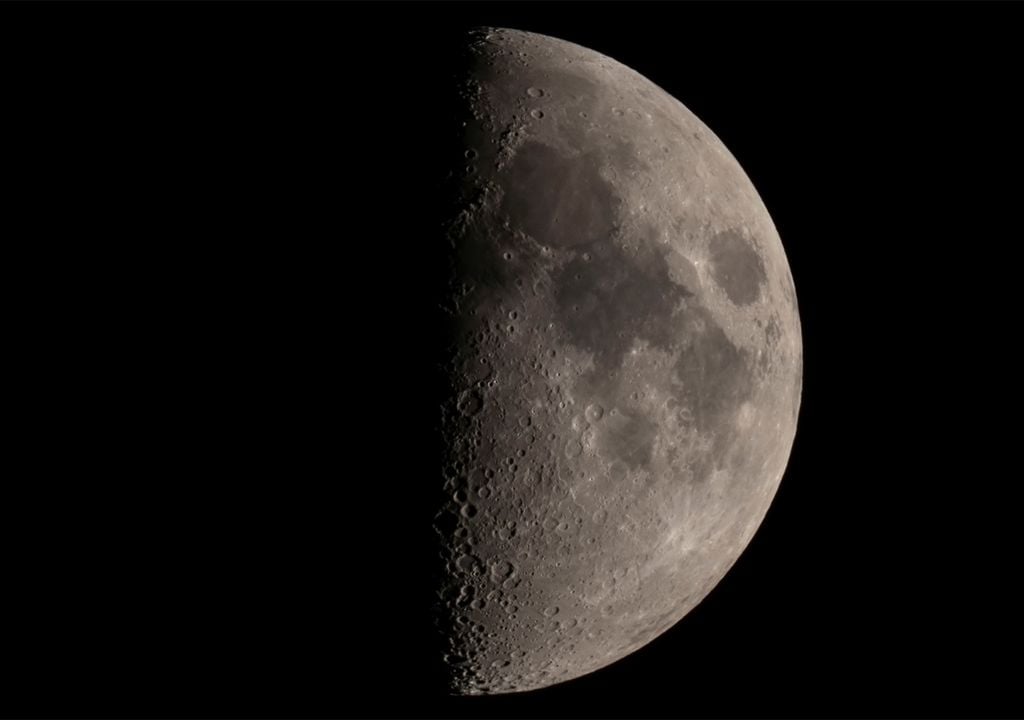
Despite some successes in conservation efforts, the biodiversity loss crisis isn’t going anywhere anytime soon. The rate at which species are currently going extinct is alarming, and scientists are looking for ways to protect biodiversity beyond conventional conservation methods.
You might have heard of the seed vault on Svalbard, sometimes referred to as the ‘doomsday vault’, a repository designed to protect plant DNA. This protects the genetic material both for scientific study and protects food security and biodiversity in the event of a global catastrophe. Scientists are now proposing a bio-repository for our most endangered animal species beyond our world and out of human reach: on the moon.
How it works
Seedbanks have been used for thousands of years to protect agriculture. Seeds are easily air dried, and can remain viable for a very long time. For example, seeds excavated from the tombs of the pharaohs have successfully been sprouted thousands of years after they were originally produced.
Replicating this process with animal tissue, however, is much trickier, and we have only been using bio-repositories for animal cells since the mid 1950's. Lead author Dr. Mary Hagedorn of the Smithsonian's National Zoo and Conservation Biology Institute says “Animal cells have to be cryo-preserved, which is a process where you pull out the water, specifically using anti-freeze…it’s that solution that’s drying them instead of the air.”
Skin cells have been found to be the most effective type of tissue for this process in animals. When it is time to use these cells, they are 'woken up' with the end goal of cloning them to produce whole organisms. Hadegorn has already begun developing protocols, and had some success with, the Starry Goby fish.
Why it’s necessary
Biodiversity is a vital component of ecosystem health. Reduced biodiversity hugely compromises the ability of an ecosystem to perform vital functions, with impacts far beyond it's own perceived boundaries.
Hadegorn says "We are impacting many ecosystems by changing climates, which is changing how animals are living and whether they’re surviving… Many animals systems now need help”.
The impacts of climate change are increasing the frequency of extreme weather events which wreak havoc on natural habitats. Hadegorn continues: “You start to lose individuals and populations, they are no longer able to reproduce as well, and so if you have those genes frozen down, or those individuals frozen down, whether it’s in sperm or larvae or whatever it might be, you can re-infuse those populations back with that diversity.”
A lunar repository
A passive bio-repository, such as the type that Hadegorn and her team have proposed, could prove to be a vital component of conservation and biological security. However, finding a location on earth with naturally suitable conditions for storing the necessary samples has proved impossible.
Whilst the -18oc of the Svalbard repository is cold enough for plant seeds, far colder temperatures are required to store cryo-preserved animal cells. A celestial solution has therefore been proposed.
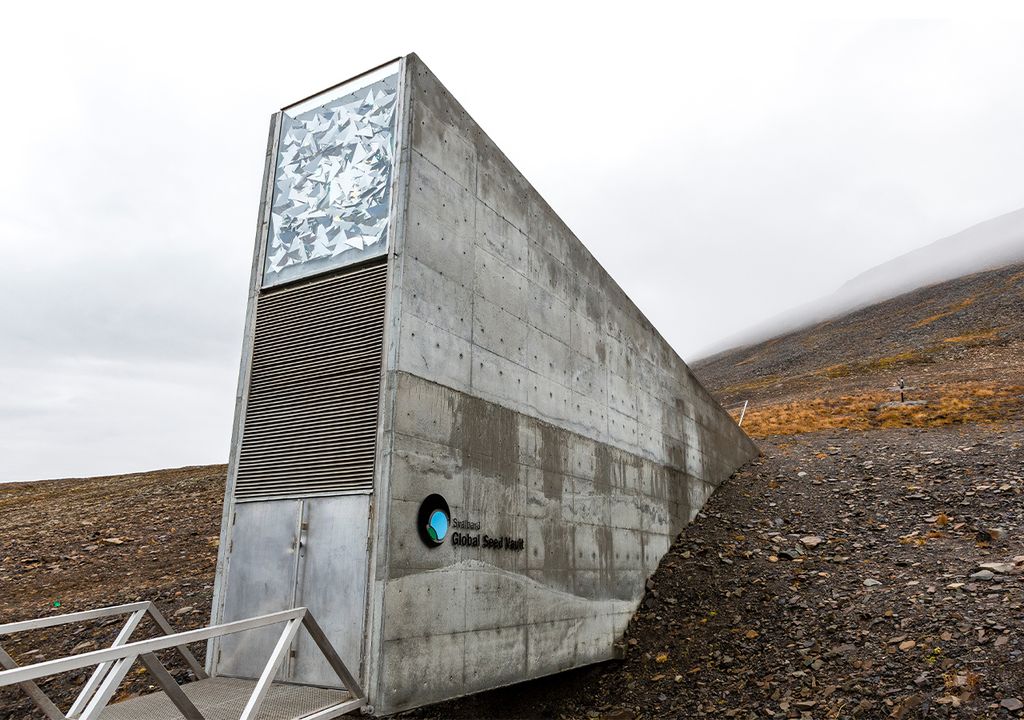
There are areas of the moon that are referred to as 'permanently shadowed regions' which never see sunlight due to the axis and crater formations, some of which are over 4 miles deep. This means that these regions remain consistently cold enough to safely store animal cell samples for use in the future without the need for any additional intervention or support.
The moon is also safe from some of the natural hazards we experience here on earth. “I’m reminded about [hurricaine] Katrina." says Hadegorn. "When Katrina happened in New Orleans every single repository, whether it was a wildlife bio-repository or a human bio-repository, was destroyed."
Of course, constructing a bio-repository on the moon is not without it's challenges, with the greatest concerns relating to radiation. “The biology is kind of the easy part… We could get that done in a couple of years.” Hadegorn says.
"Great collaboration is required to develop the necessary technology to lift this project off the ground. Hadegorn concludes "As we think about how our earth ages, I think exploration, curiosity, need for resources, all of these things will lead us into outer space.”
Source of the news
Mary Hagedorn et al (2024) Safeguarding Earth's biodiversity by creating a lunar biorepository BioScience
A Lunar Biorepository to Preserve Biodiversity, with Mary Hagedorn BioScience talks






